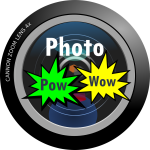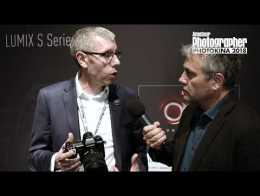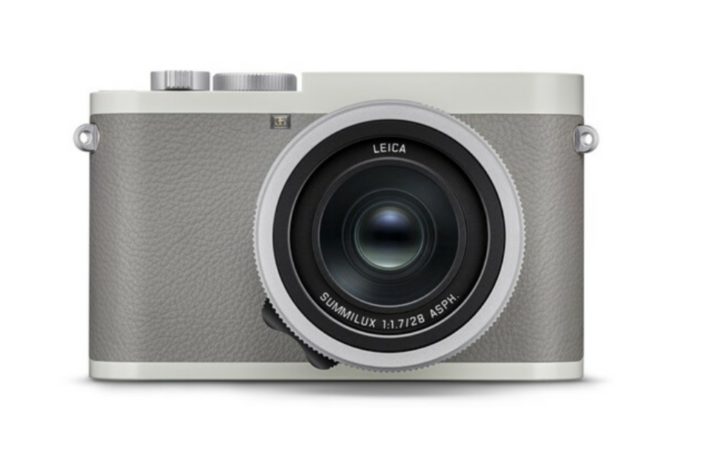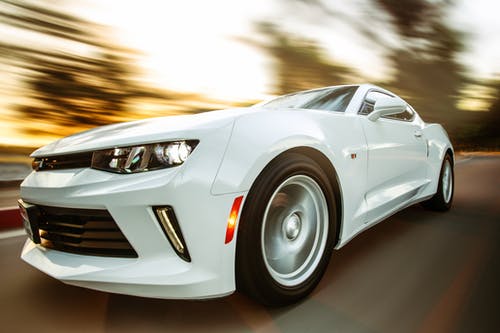
Sports photography does what it says on the tin. The genre of photography that is covering sports. All sports, any sports, action shots are all part of the matter. Athough the majority of sports photos published are related to professional sports, there is plenty of scope for amateur sports photographers to take the Hollywood shot if they plan carefully.
Victory in sports is about practice and performance – the best athletes prepare better than anyone else, training their bodies and minds to perform when winning and losing matter most. And so it is in sports photography. Practice makes perfect.
Equipment
Equipment can be a large expense, since you’ll need a good quality camera to take the photos. Cameras are designed in many different types, so researching cameras and tools beforehand is important prior to committing to a purchase. Additional tools, like tripods, lens filters and photo editing software programs, will assist with taking pictures.
While filming a sport, it is essential to understand that proper lenses are very important as they let the photographer reach closer or farther accordingly. Also, in sports photography you should deploy some important accessories such as monopod or tripod for an extra battery and for the sake of stability.
Typically, longer focal length lenses are essential to photograph action in sports like football and close up athlete photos whereas Wide Angle lenses are used for general atmospheric shots. Choose camera bodies for modern sports photography which have quick autofocus and high burst rates. This is normally 8 frames per second or even faster. Make use of the burst rate facility – it can give you the best shot.
The latest flagship sports cameras launched by Canon and Nikon are popular in professional sports photography. Evaluate the many other brands of camera that provide the widest range of camera lenses that are suitable for sports photography. Apart from this, you should think about the numerous cameras with various focal length and lenses which are suitable for sports photography. Lenses that suit a specific sport can be easily obtained from different online platforms. Now different sports will suit different lenses and vice versa. But on the other hand, sports photography usually requires fast and wide aperture, telephoto lenses that too fast autofocus performance. In such a case fast autofocus is needed to incline the focus on movement, telephoto to get a bit close to the action and wide aperture.
Location and Timing
You will discover that the two most important things to keep in mind in sports photography, and they cannot be separated. You have to be in the right place at the right time in order to get a truly great sports photograph. Luck shouldn’t come in to play, but always be ready for it. If your son’s high school football team is marching down the field for a touchdown, then don’t get so caught up in the game that you forget to rush to the back of the end zone. From there, you can get the perfect shot of a receiver catching a touchdown pass or a fullback zooming into the end zone.
Don’t be shy about getting into position. I’m not suggesting you sneak onto the sidelines during the Cup Final and risk arrest. But at many events, if you ask politely and explain what you’re doing, officials will let you on the sidelines. Also, you can check ahead to see if you can get a sideline pass. Do not think that these are reserved solely for the media. It’s good to check well before the event, but if you can’t, try asking at the ticket office when you arrive. After all, the worst they can do is say no!
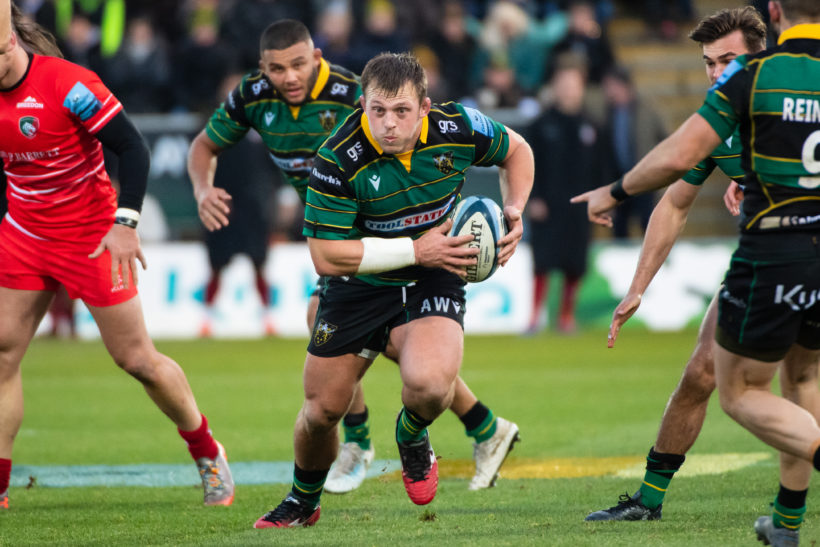
Sports photography means getting as close to the action as possible. No sport is going to allow you to be on the court or field-of-play, although I did once during a friendly cricket match, dodging the ball while trying to focus on a shot. However, you may be able to sit near the sideline or goal-line at some events. Other times you may be restricted to the stands. It is important to get there early in order to have the best opportunities.
Positioning
Make sure your field of vision is not obstructed. This may be nearly impossible to do in a crowd. However, with a little planning you should be able to set up for some great shots.
Position yourself so that you have a clean background unobstructed by unsightly objects such as gas works or other photographers. You will want the focus to be on the players and not on background noise. A good telephoto lens can take out the background.
If you are going to photograph a sporting event, you must understand the sports strategy well enough that you consider it your sport. That doesn’t mean you have to play it or even know all the rules, but you must know what the point of the game is, as well as what is considered excellent performance.
For example, in ice hockey, a player on the offense who is near the goal will sometimes pass the puck away from the goal and into what is seemingly empty space. To someone unfamiliar with the sport, it looks as if that’s a mistake. But in reality the player is passing to empty space knowing that his teammate is going to time his skate to meet the pass and take a shot on goal. It all happens in the blink of an eye, but if you have your camera trained on the momentarily “empty” space, you have a good chance of catching the instant the player strikes the puck with his stick. Or you could focus on the goalie knowing that a shot is coming.
When those opportunities for the Hollywood shot do appear, don’t get caught unprepared. I’ve known photographers who’ve forgotten to take their lens caps off and missed something great. Or, they may not have changed their ISO setting from the last time they used their camera. If you want to manually control the settings, then be sure to take your camera off automatic so the flash doesn’t pop up when you least want it to.
Focus
Remember, you’re not just there to watch the game. You’re there to take a great sports photograph or two. Keep your camera in your hands, with a clean lens, the right lenses close at hand, and make sure your battery is fully charged.
Most times you will use autofocus to capture the right sports photo, but there will be occasions where manual focus is the best option. Sometyimes you need to set the focus on a particular space and wait for the action to come into it.
Imagine a parent’s delight when you present them with a picture of their child scoring a touchdown or goal. Imagine your lasting memories when you take a picture of your own child’s moments of glory. It will affirm their dedication—and yours—and inspire your sports photography for many years to come.
